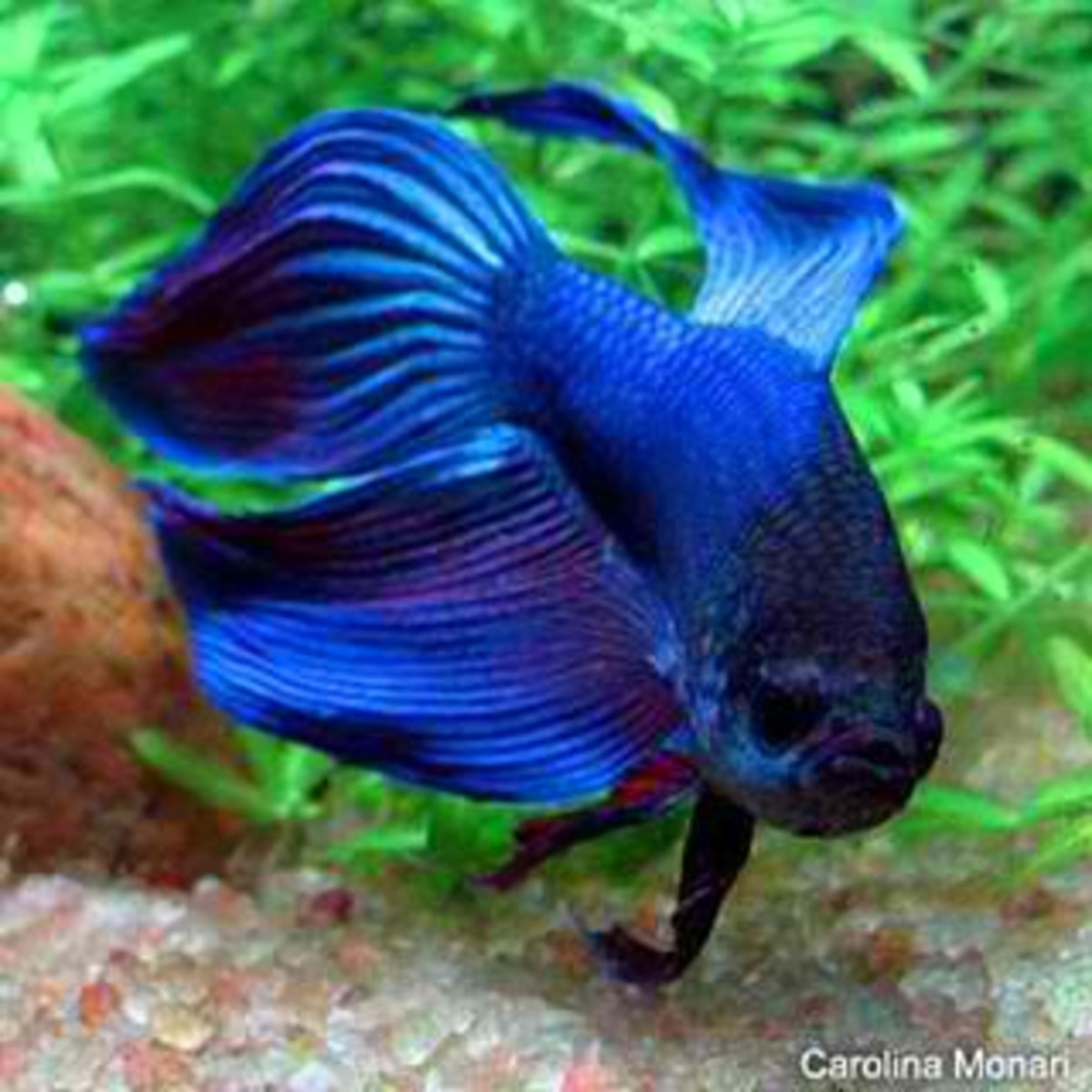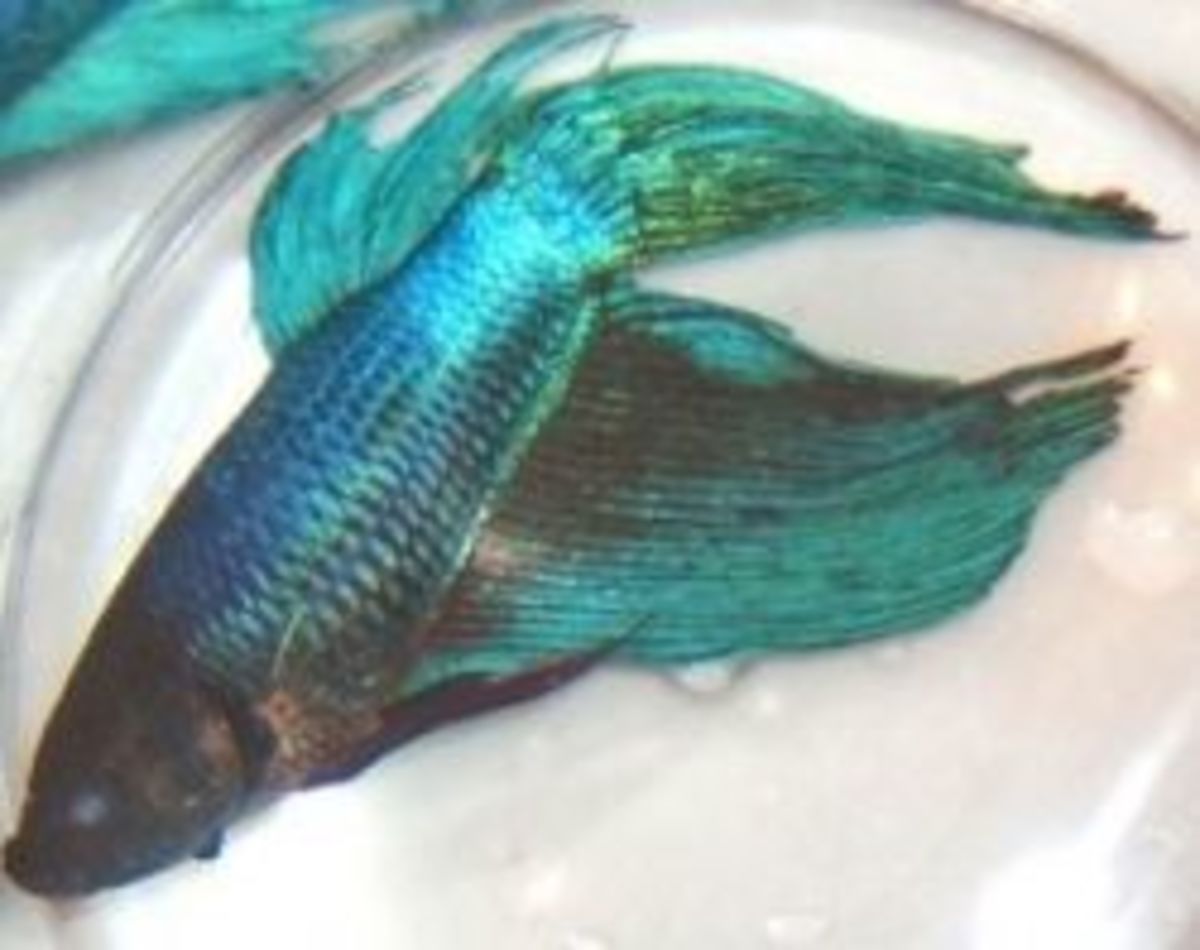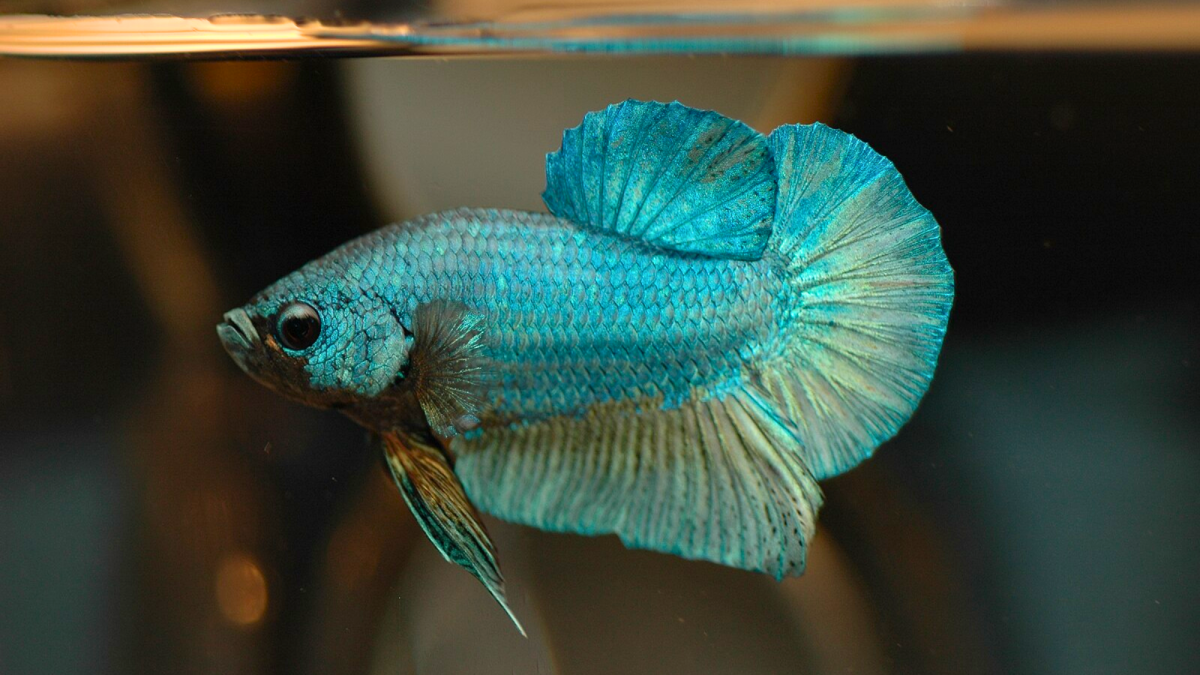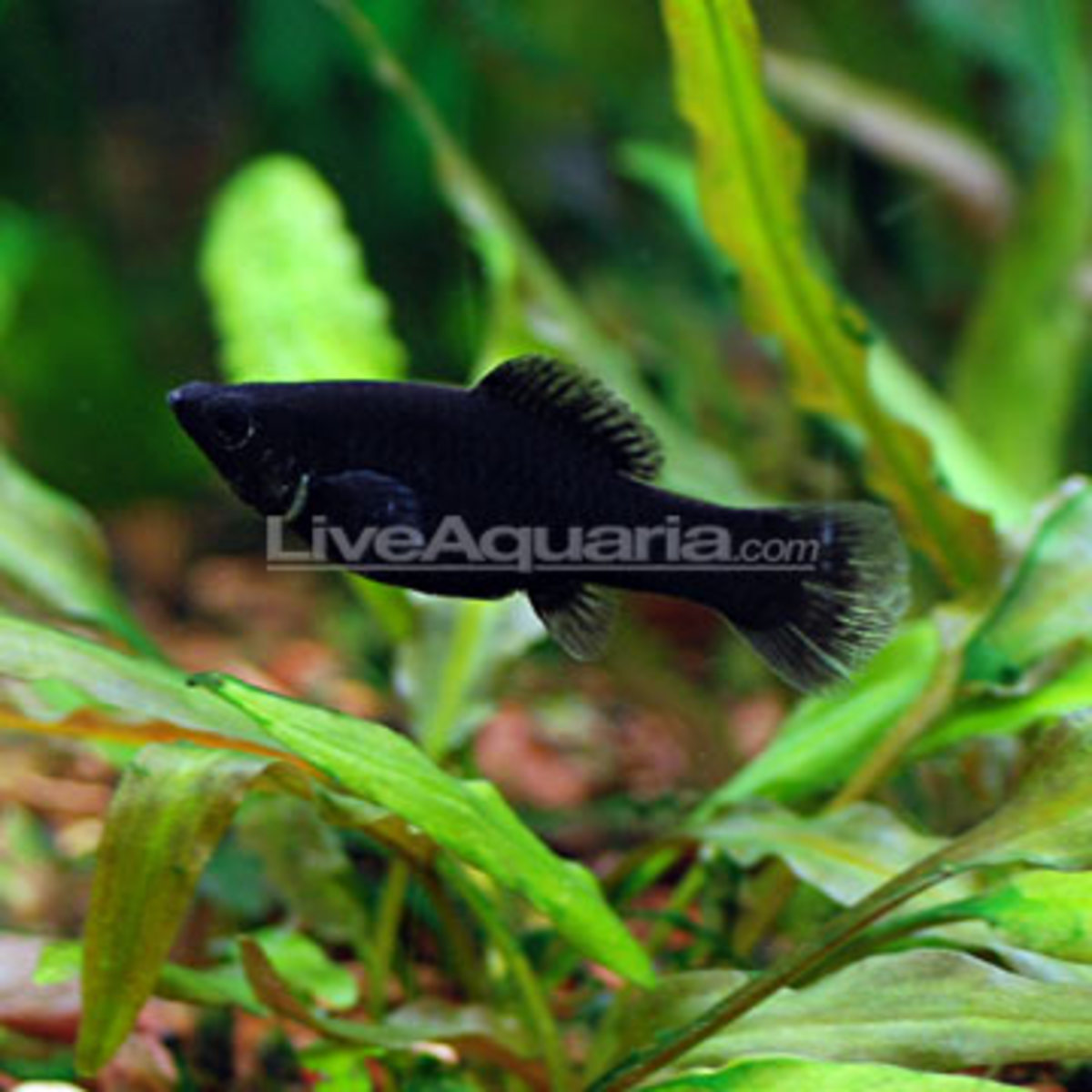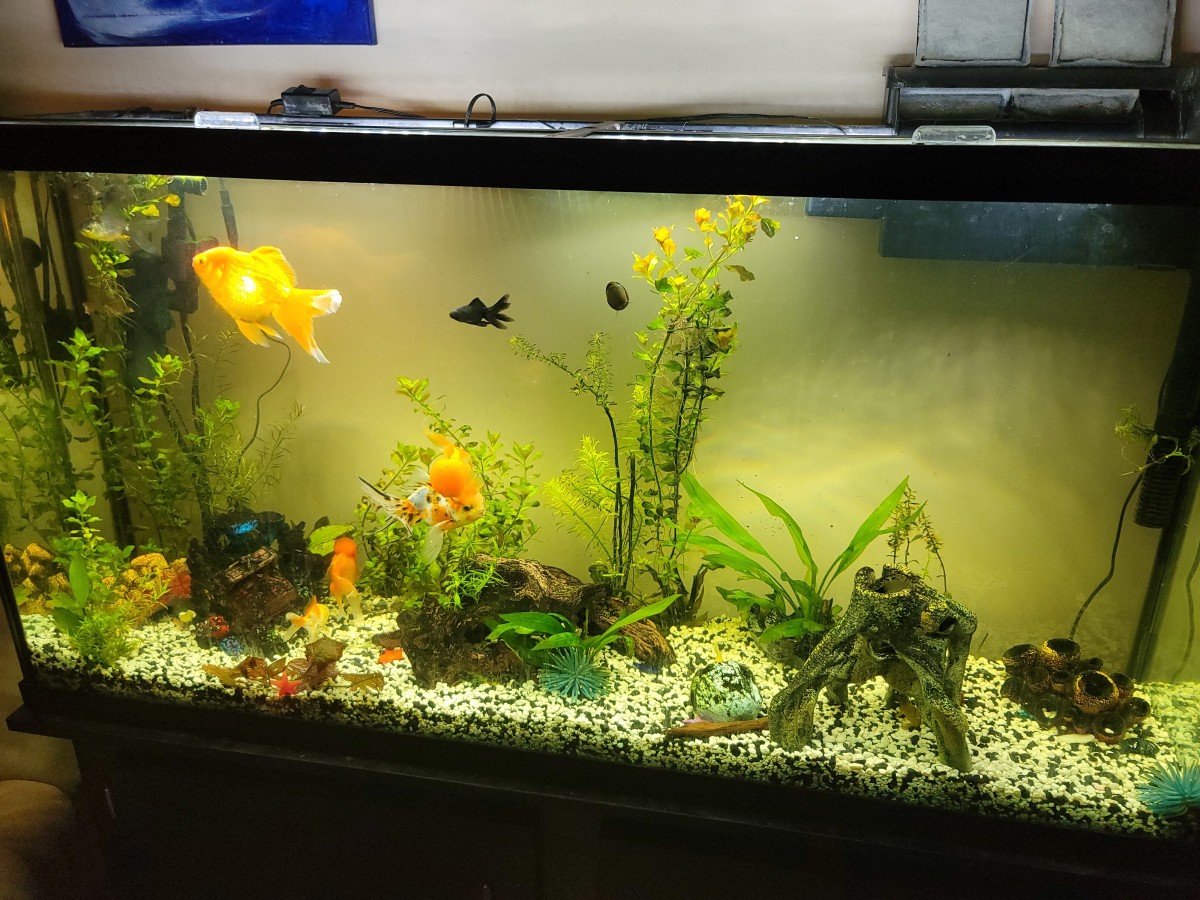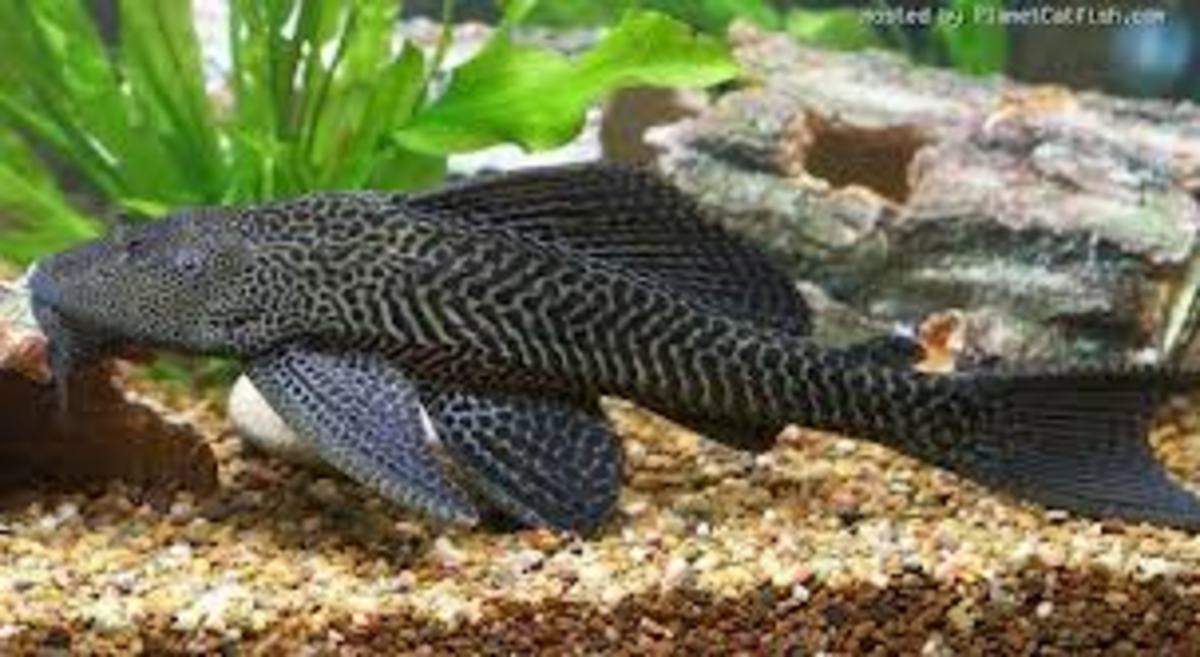Hikari Betta Bio-Gold Fish Food -- A Product Review: How to Feed Bettas
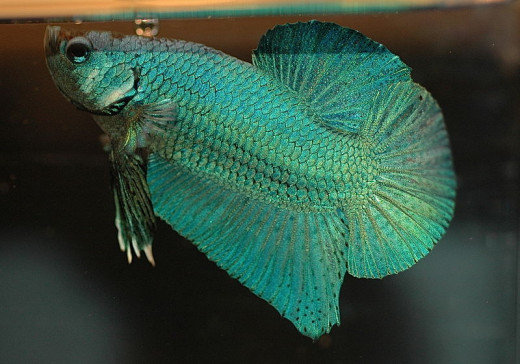
Get quality betta food and supplies for your healthy fish
Bettas are among the most popular fish in the United States. Sadly, they’re also among the most misunderstood and abused fish in the country as well. Misinformation regarding housing for bettas runs rampant, forcing them to live in inadequate accommodations for a short and unhealthy life. It’s true that they can survive for short periods of time in the plastic cups that many stores display them in, but bettas can’t live in such conditions indefinitely.
As for the ever-popular betta vases, it’s important to understand that they do not eat the plant’s roots, and can’t derive the nutrition they need without being fed. They need swim space, heat, properly cycled water, and adequate food for their carnivorous diet. For more information on what bettas need beyond feeding (which is discussed in this hub), please scroll down to the links section for an article dedicated to betta care.
Feeding betta fish can be challenging, as they tend to be picky eaters and won’t touch most commercial foods you’ll find at your local department store. Bettas require either a high-protein floating pellet, or live food. If possible, feeding a combination will result in vibrant colors and a healthy, long-lived fish. Of the options available in the traditional department store or small pet store, Hikari Betta Bio-Gold is an excellent pellet food for your new betta.
About Hikari Betta Bio-Gold
Hikari Betta Bio-Gold is among the best foods readily available in stores. Yes, you can find higher-quality food from specialty stores or from proprietary formulas made by breeders, but you will have to pay much higher prices for such products. Even my own bettas that were fed live food from hatching will take Bio-Gold readily when they’re large enough to fit the pellets into their mouths.
Betta Bio-Gold is generally sold in .8 or 2-gram packages. Each of these will last one fish a month or more. Hikari also sells a baby version, which has smaller pellets and is excellent for juveniles. Both of these varieties can be found in the Amazon links to your right.
Standard, adult-sized Hikari Betta Bio-Gold has pellets about the size of poppy seeds or slightly larger. They clearly smell of fish, which is a good sign in fish food. Packages are plastic against a paperboard backing. About the only drawback in this food is that the package opens by cutting the end, and then has no way to re-seal. This can be avoided by keeping a small vial or clean spice jar on hand to transfer the food into once it’s opened.
Depending on the store and the package size, you can usually expect to pay about $2-$5 for Hikari Betta Bio-Gold. If it’s ordered through Amazon, you can often get it with free Super Saver shipping if you’re ordering at least $25 worth of items at the time.
What’s in Hikari Betta Bio-Gold
Ingredients: fish meal, wheat flour, soybean meal, gluten meal, krill meal, wheat-germ meal, cuttlefish oil, astaxanthin, brewers dried yeast, enzyme, garlic, monosodium glutamate, vitamins and minerals including stabilized vitamin C
Many experiences aquarists will tell you to avoid filler, especially for carnivorous fish. In this instance, filler is grain-based ingredients such as the soybean and wheat germ meal. You can see that Hikari Betta Bio-Gold does have quite a bit of filler near the beginning of the list, but it includes enough proteins and oils to produce a good, nutritious food. Again, you can get food with little or no filler, but expect to pay a lot more for it than the retail price for Hikari. This is still considerably better than the average pet store food.
Feeding your betta
In general, your betta should be fed a small amount 2-3 times per day. Never feed more than they’ll consume in about two minutes. Just because your fish acts hungry, doesn’t mean they are. Fish metabolisms are designed for opportunistic eating, so they will always eat if they’re healthy and food is available. In the wild, it could be days or weeks between feeding, depending on the season, so a fish’s intake has to be restricted when there’s ready availability of nutritious food at all times.
Overfeeding can cause gorging and swim bladder issues, and can also foul the water with excess waste and rotting food. In most cases, overfeeding itself won’t kill your fish. The ammonia spike that follows as the fish excretes all that extra food, on the other hand, may be deadly.
If you’re feeding live food as well, consider a morning feeding of the fish’s favorite live food (I use micro-worms, grindel worms and moina), followed by an evening and/or afternoon feeding of Hikari Betta Bio-Gold. Babies and juveniles may require an additional one or two feedings every day, and will usually appreciate a larger percentage of live foods as they grow.
Cleaning up after your betta
Hikari Betta Bio Gold will not cloud the water if fed properly. How often you’ll need to change your water will depend on the size of the tank, and whether or not you have any other fish in the tank. Contrary to popular belief, bettas do make good community fish if they’re in with smaller, non-aggressive fish that won’t nip their fins.
If your betta is in the minimum one gallon, expect to do a 50% water change about every other day. The larger your tank, the less often you’ll need to do water changes and other maintenance. Any container smaller than one gallon should be exchanged for something bigger as quickly as possible in order to ensure your fish’s continued good health.
Results from feeding Hikari Betta Bio-Gold
For bettas on a pellets-only diet, it’s still easy to see a difference in color and activity level between Hikari and some of the competitive pellets on the market. I’ve had other brands of pellets, such as Tetra and Wardley, and neither I nor my bettas liked them as well. Whenever it’s possible to feed live food, you’ll see an even greater difference in your fish from traditional pet store fare. Some bettas won’t accept live food right away, especially if they come from a commercial fish farm, but try several introductions before giving up altogether.
Despite their finicky reputation, few bettas refuse Hikari Betta Bio-Gold. Those that do are often the ones that are used to live-only, and won’t accept any pellet that’s offered to them. Hikari is readily available in most stores at a good price, making it a top choice for feeding your pet or hobby breeding bettas.
I'd love some input on what to write about in the future, so if you'd take a moment to leave a comment then it'd be much appreciated. What is your single biggest question when it comes to raising bettas? Please let me know if you're interested as a pet owner or as a potential breeder, as I can offer insight into both. Thank you for your time, and I hope this hub has been useful to you.
Great informational video on feeding betta fish
- Betta Splendens: An Overview of Siamese Fighting Fis...
Betta splendends, commonly called the Siamese fighting fish or betta fish, is a beautiful and rewarding addition to any community aquarium. Learn about how to care for a betta and betta tank mates. - Hikari First Bites Fry Food -- A Product Review (Pow...
Fish fry (baby fish), especially egglayer fry, need special food to get them through their first couple weeks of life. Hikari First Bites offers a nutritious, protein-rich powdered food that is fit for even the smallest of newly-hatched fry. - How to Care for Freshwater Tropical Fish
Not sure where to start with the care of freshwater aquarium fish? Begin with this basic overview, which explains the kind of information you'll need before buying any fish or equipment.


